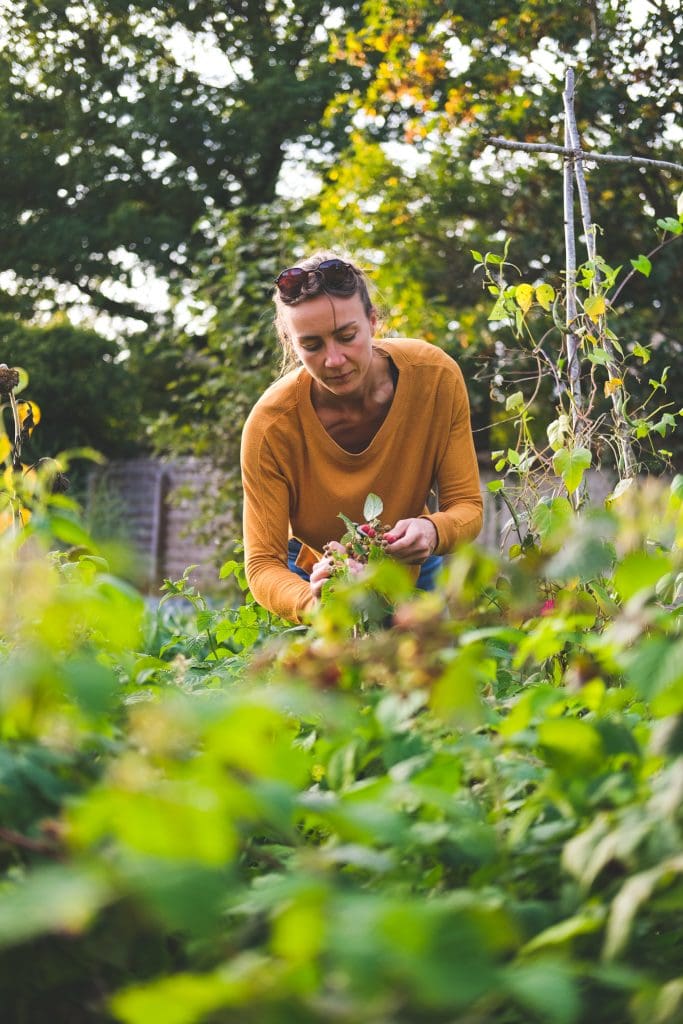
A very special little castle
The story of Château de Choloy
Discover the history of Château de Choloy through these few lines, transcribed from Luc Loevenbruck’s diary and various family archives.
Baron Jean-Baptiste Robert De Mesny, army treasurer and administrator of the eastern salt mines (ennobled by Napoleon Bonaparte) commissioned the construction of his house in the early 19th century. He had followed the emperor on his Italian war campaign, and the city of Milan and Italian villas inspired him. The style is very different from that of traditional Lorraine castles and mansions. Construction of the château began between 1800 and 1810. A host of masons, carvers and master builders were employed for over ten years, bringing prosperity to the village.
At the time of its construction, it was typical for a house like this to be fully equipped for self-sufficiency. Thus, there was a bread oven, a wine press, chicken coops, a dog shed, stables and fodder barns. In addition, the land featured a pond, orchards, vegetable gardens, three hectares of vineyards and a forest for firewood. Long recreational paths run through the park, entirely enclosed by a wall. At that time, peacocks, swans, and deer roamed the woods.
The central part of the building comprises three large reception rooms. All are Empire-style, heated by marble fireplaces and two imposing wood stoves manufactured at the former Bellevue faïencerie in Toul.
A committed man, Jean-Baptiste Robert De Mesny was mayor of Choloy from 1832 to 1846. He had the Choloy school built in 1840, and was godfather to one of the church bells. His daughter donated a building opposite the château to the commune for the girls’ school.
After his death, his widow and daughters, who did not live in Choloy, sold the property to the wealthy Count Ferdinand O’Gorman, whose Irish ancestors arrived on the continent around 1688. He was the builder and owner of Château de Pixérécourt as well as several other residences (Domaine de Frouard, Château de Laneuveville, numerous buildings in Nancy), and rarely came to Choloy.
Acquisition by the Loevenbruck family



Louis Loevenbruck bought the property in 1909, intending to retire to the countryside after a busy life. He and his wife Amélie ran a successful hardware store on the Place du Marché in Toul. The property was in a deplorable state after decades of neglect, and the situation remained difficult for most of the 20th century, with the outbreak of two wars, especially the second.
Fernand (Louis’s son) was enrolled, the house was successively occupied by all the armies, and the Toul apartments that had always enabled the family to collect rent were destroyed by bombing Resources were scarce, and the property once again fell into decay. For a long time, the family lived on very low incomes, subsisting in Choloy on their crops (fruit, vegetables, rabbits), rationed foodstuffs such as bread, and through mutual support with other families.
It wasn’t until the post-war period that hope returned. Luc (Louis’ grandson) inherited the château in 1955. Some difficult decisions had to be made to bring in revenue, including the (much-needed) repair of the roof. The large ash tree was sacrificed to a timber merchant in search of top-quality trees, followed by several other fine specimens. As the town of Toul gradually rebuilt, the apartments were put back into use, and rents began to be collected again, which was a great help for all the necessary work. Means remained modest given the surface area, and Luc and his wife Marie-Rose undertook a tremendous amount of work over several decades to restore the property to its former glory. In 1988, they listed the château on France’s supplementary inventory of historic monuments, to protect the family heritage that was so dear to them.
Château de Choloy today



In the 1990s, it was Philippe’s turn, alongside his wife Catherine, to take over. Passionate about horticulture and forestry like his grandfather Fernand, Philippe tackled the task of maintaining the park and gardens. A duty he carries out with pride since some of the trees were planted by Jean-Baptiste Robert de Mesny and are therefore two hundred years old. The storm of 1999 was a real disaster, decimating many magnificent specimens. Over the past forty years, he has therefore planted noble, rare forest species, chosen for their origins and aptitudes, to repopulate the forest and make it more resilient in the face of climate change. These trees allow us to offer visitors a botanically diverse experience. During your stay, take the time to explore the park and soak up the gentle pace of life that reigns here.
Catherine, an enthusiast for antiques and DIY, is mainly responsible for the house. She renovates rooms and apartments one by one and digs out and restores a multitude of antique furniture and objects that match the château’s interiors perfectly. She’s the one who undertook the renovation of several apartments to turn them into tourist accommodations. In recent years, their children have taken over the running of the chateau, participating in various family projects such as the bed and breakfast, vineyards and vegetable garden, as well as the ongoing renovation of the interiors and exteriors.
The Loevenbruck family has been living in Choloy for 6 generations now. From the beginning, they have worked with love and devotion to restore and embellish the house and grounds, while scrupulously respecting its character down to the smallest detail. Let’s hope this longevity and passion continues for many more years to come!
